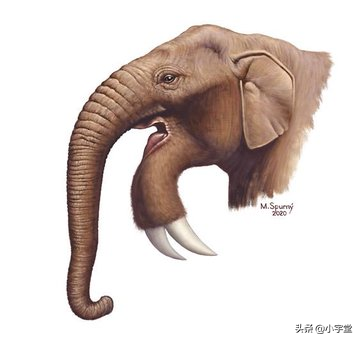Fear, the giants of the ancient world. After the extinction of the giant rhinoceros, it was the largest terrestrial animal in millions of years, dwarfing even mammoths. Its molars wear out very little, suggesting that it eats soft plants rather than grass that mammoths and elephants eat. But although the elephants look like elephants and mammoths, they are far from their relatives.
Phobia was one of the largest animals in the Late Miocene-Miocene, most likely the Early Pleistocene. Different species have a body length of 3.5-7 m, a shoulder height of 3–5 m (an average of 3.5–4 m) and a weight of up to 8–10 m. On the surface, they resemble modern elephants, but in different proportions than they do. Typically, the trunk is relatively hollow, but higher off the ground, and its columnar limbs are massive, indicating that its legs function somewhat differently from those of other proboscis animals.
The elephant's body is rather short and its tail is long. Compared to other proboscis animals, the neck of the dinosaur is quite long and flexible, which allows it to lift and bend the head and rotate it from side to side. This structure is related to the ability to raise heads and use its tusks. The normal position of its head is relatively flat, at the same height as its neck. It may be one of the largest proboscis-like creatures ever recorded and one of the largest land mammals ever made.
The most unique feature of the elephant is the tusks that grow backwards and backwards above the lower jaw, unlike the tusks of an elephant that grow in the upper jaw.
Dinosaurs became the dominant land herbivores 14 million years ago, but with climate change and large areas of forest being replaced by inedible grasslands, they began to become extinct in Eurasia 7 million years ago. The last dinosaur species went extinct in Kenya a million years ago.
